About a week ago, I came across an article that talked about scientifically proving intuition.
Intuition is also called sixth sense, or gut feeling – feelings we all have felt before and many of us trust.
In this article “Sixth sense: the science behind intuition“, The Future Minds Lab of UNSW not only scientifically prove intuition is real, but it also explains in detail when and how to use it.
After reading this article, I drew a fair amount of parallels between the observations in this article and trading.
This article perfectly explains why so many people, even with the best trading plans and the best training won’t become successful overnight and why you shouldn’t expect that to happen.
To become a successful trader, there are a number of things that need to be in place at a minimum:
- Understanding how the asset moves – I use statistical analysis
- Understanding why the asset moves the way it does – I use macroeconomic analysis
- Understanding and applying the correct tool to take advantage of those moves – I generally use ETF’s and options
- A trading plan with a playbook (specific profitable patterns) and risk management rules
These you can implement through training as well as through study.
However, I believe the final piece of the puzzle all comes down to experience and intuition. Too many people have too little patience and quit too soon before experience allows them to build up a gut feeling.
This is also why I believe that traders who have the time to develop those skills are head and shoulders above those who can only do so on the side or as a hobby.
Throughout this post, I will break down the Future Minds Lab article and how each section pertains to trading.
Table of Contents
Why Having a Gut Feeling is Important
The study asked participants to assess the direction of dot movement on a computer screen, while simultaneously viewing either positive or negative images (babies and puppies, versus guns, snakes and so on) using a technique known as continuous flash suppression, in which images don’t register consciously. “You have no awareness of seeing them,” says Pearson, “but your retina’s registering them, your amygdala’s reacting to them, they’re all still being processed in your brain.”
Would the brain use these images – the intuitive information – to help decide the direction of the dots? Say positive pictures were shown when dots were moving right, and negative ones when dots were moving left: would the brain use this connection to correctly predict direction?
Yes. Moreover, “the harder the decision task, the more benefit subjects got from the images. Their response times also got faster, and they felt more confident about their decisions.”
This is not so much different from trading. There are a number of key points to take away from this observation.
In swing trading, we use a lot of technical data such as momentum indicators, trend indicators, price action (candlestick analysis) and volume analysis (volume profile analysis).
In value or growth investing, we are looking for patterns such as a high low P/E, high EPS growth and other factors which we have trained our minds to instantly look for.
What we are doing is looking for positive patterns that have existed in the past, based on our own experience of using them.
This is no different to the experiment that The Future Minds Lab took to subconsciously train the brain to negatively and positively correlate the left and right dots.
This is why having experience and building a gut feeling is so important in trading.
The gut feeling is in fact, years and years of trading experience seeing the same patterns of market participant behaviour or financial factors and trading those patterns in a positive or negative way.
The gut feeling also gives us confidence, which is exceedingly important when making trading decisions.
This is also why even if you have taken a trading course, using a set of rules designed by someone else that you can just copy almost never works.
They are not your rules and they are not the patterns that have been subconsciously trained and linked to a positive or negative gut feeling in your mind.
Trading on your own and building your own awareness of patterns through experience is what will ultimately make you successful in your own trading because it builds your own confidence and creates those psychological links.
The biggest mistake in new traders is not having the patience to trade enough to create those links and to see it through. One thing money can’t buy is the experience which requires time, commitment and perseverance to achieve.
Intuition is Not Infallible
Intuition has other characteristics, too. It can, for instance, be wrong. We decide, within a few seconds of meeting a co-worker, that we don’t like him. Three months later, we realise he’s excellent. This is because intuitions are generalisations based on past experience, not infallible divinations of the future. Just because all the people we’ve previously met who wear an eye-patch and carry a cutlass have turned out to be gravely lacking in interpersonal skills, doesn’t mean Roger from accounts will be, too: no generalisation can faultlessly predict the particular.
Having a trading plan, risk management and a set of rules in place are vitally important when it comes to trading.
This is because intuition can be wrong, especially when it comes to something as variable as trading.
Since intuition is a subconscious generalisation of the past and no pattern is 100% effective, our intuition can cause us to have too much confidence in a position.
I think most of us who trade have had this feeling before, that the trade that they just placed had a great entry at a great price and is bound to be a winner.
Only for the market to take us on a ride and teach us a lesson in humility.
In all trading situations, it is important to have risk management rules in place so that overconfidence doesn’t put us in a situation where we hold onto positions that have not gone according to plan.
This is also an important method of protecting your intuition. If you take such a devastating loss on a single trade because there was no position or risk management, your mind will subconsciously link that pattern negatively and you will not be able to use that particular pattern again with confidence.
If you have a risk management or rule in place and know what the risks and rewards are, a loss will not damage your confidence or negatively affect your subconscious view of that particular pattern because you knew that a loss is a part of the game.
The Future Minds Lab 5 Point Intuition Field Guide
The Future Minds Lab has designed a 5 point toolkit on how and when to best intuition based on their scientific study.
The methods they use I found to be directly applicable to trading.
1. Only use your intuition in situations where you have expertise and experience.
Malcolm Gladwell’s bestseller Blink opens with a perfect example of this rule. In the 1980s, the Getty Museum in California purchased a rare Greek statue for just under $US10 million.
It had all the relevant provenances; its marble was traced to an ancient Grecian quarry; its surface was covered in calcite, a patina that develops over many centuries. There was no reason to doubt its authenticity.
But when three experienced art historians (and later many more) saw the statue, they instantly “had a hunch” it was a fake – and they were right. The statue turned out to be probably less than 10 years old; it appeared to be a pastiche of several other statues; its documents were false; and the calcite might have been created in a few months using potato mould.
How did the historians know? Because they had decades of experience and expertise with authentic statues, and all this knowledge (much of it unconscious) was able to be instantly – and accurately – brought to bear on this new decision.
In trading, there are such a huge number of factors that affect how we perceive where the market may or may not go, it takes years of experience to build.
For example, if you were to ask us today whether we think the market has a bullish or bearish tilt, we subconsciously and then consciously look at a huge number of factors to come up with our opinion.
Some examples include but are definitely not limited to are:
- Where is the VIX headed? are we trending up or down or is it historically high or low?
- What is the bond market doing, are we seeing money flow from risk-on to risk-off assets or vice versa?
- How is gold trading at the moment? Are we seeing hedging through physical commodities?
- What is the Australian Dollar doing? Are we seeing inflow or outflows of international money?
- Are there economic numbers reporting soon? What are the CPI and PMI looking like?
- Are we currently trading at momentum highs? Do we see a divergence in momentum and price?
- What are volumes looking like? Are we seeing more or less market participation?
Not only do we need to understand what the market is doing, but we also need to build an intuitive understanding of each of those correlated markets as well.
As professionals, we look at all of these factors and markets all the time and we can intuitively tell you what our thoughts are of the current state of the market with confidence.
Having the intuition and understanding of which factor is important in the decisions that we make in the markets is the difference between the Getty Museum and the experienced Historians.
This brings us to a very important observation.
To become successful, you must become experienced and specialised.
Understanding which factors are most important and which ones to apply is very important.
As an example, trading an index such as the ASX200 is vastly different to trading a growth stock such as Afterpay (ASX APT) or a value stock such as Commonwealth Bank (ASX CBA).
The ASX200 is affected by more macroeconomic factors, companies like APT are affected more by the supply and demand imbalance shown through momentum whilst CBA is affected more by interest rate expectations.
Knowing which factors to apply can only come from experience watching and trading each type of asset and observing how they behave against different factors and correlated markets.
2. Don’t use intuition at moments of high emotion.
As Pearson puts it: “If you’ve just won the lottery, fallen in love, or broken up, don’t use your intuition.” This is because emotional arousal, positive or negative, can confuse intuitive signals. Say you’ve just had a huge argument with your partner. At such moments, many people rely on their gut feeling to decide what happens next: should I stay and try to work things out, or should I break up with this idiot immediately? The field guide, alas, has no answer to this question, but what it does say is this: calm down before deciding anything.
I could relate to this point particularly well.
This is because trading is a very emotional activity and a reason why traders would also tell you to keep your emotions in check.
When you make a good trade and make money, you have a tendency to gain too much confidence and greed.
When you make a loss, you have a tendency to become too defensive, become fearful and lose too much confidence.
Both of these scenarios will affect your intuition. In poker parlance on the loss side, this is called “going on tilt“, where the player tries to win their losses back by making irrational decisions and abandoning all discipline.
On the positive side, the hot hand fallacy traps traders into thinking they have suddenly become proficient, become overconfident and trade at risk levels that are detrimental to their portfolio further down the track.
In these situations, it is best to step back, emotionally accept the outcome of the previous trade before taking another one.
Keeping emotions in check is a very important concept to stop us from making rash decisions either through overconfidence or going on tilt.
Having a strong set of rules and guidelines will also help you get your emotional state back to normal quicker.
If you made a loss or a win and they were both within your expected profit or loss parameters, then why would you feel greedy or fearful if you already expected that to happen?
Trading when it comes down to it is not meant to be exciting or like riding a rollercoaster. It’s meant to be boring.
If you have a good trading plan and have an expectation of every outcome, then trading becomes routine and winning or losing a trade is just another day at the office.
3. Don’t rely on intuition to predict low-probability events.
How many of us have arrived at the beach and suddenly become convinced we’ll be attacked by a shark if we go in the water? (Guilty.) Or we’re about to get on a plane, and become convinced it’s going to crash? (Ditto. Ditto mucho.) Pearson says both scenarios are moments when intuition is useless.
“Because of the way our brains work, ideas like this take up a lot of space,” he says. “They’re graphic, they’re scary, so they really engage our amygdala and we have a really powerful response to them: we immediately get a feeling, ‘Oh, the shark’s going to get me.’
But they’re super-low probability events. Probability is one of those things our brain’s just really bad at judging. So we should not use our intuition for those decisions.”
This I relate to strongly as well, in particular to investors who have gone through multiple crashes.
The biggest problem with using our intuition to try to predict the next crash is that it is a statistically losing trade.
Crashes only happen on average once every 10 years. By trying to catch the next big crash instead of investing with the flow, we are betting on a very low-probability event.
If you have seen The Big Short, you will know that only a highly experienced PhD level multibillion-dollar hedge fund manager managed to figure out the crash was coming.
I don’t pretend to be as smart as he is.
For regular people like us, it is always better to be reactive rather than proactive when it comes to low-probability events.
The market can remain irrational longer than you can remain solvent. Bearish bets are expensive and really hard to get right because of timing – it is better to go with the flow.
If you fear the next crash is around the corner – put that fear away. Accept the fact that it will happen and that is just part of life. Use the opportunity between crashes to make some money when the markets are more predictable.
Then when the crash does come and you wisely have a plan and risk management rules in place, the crash becomes an opportunity to profit from rather than something to be feared.
4. Don’t mistake primal brain system impulses for intuition.
What is a primal brain impulse? Appetite. Lust. Fear. Aggression. The basic survival instincts, in other words. Apparent intuitions driven by any of these qualities should not be trusted. For example, says Pearson, “I take issue with this idea of ‘intuitive eating’. There are evolutionary reasons why we want to eat fat and sugar and carbs, and those brain reward systems can feel like really powerful intuitive responses. But in fact, ‘I should eat that whole block of chocolate’ is not an intuition.”
This relates back to point 2, don’t use intuition in moments of high emotion.
When your greedy or fearful primal brain impulse takes over, that’s when you should step back and get your emotions back into check.
Have you often taken a not so great-looking trade because you were on a high from a previous winner?
Or not take a perfect setup because you just took a loss?
Or perhaps you have not taken a stop loss because you don’t want to lose money?
Or didn’t take a profit because you were greedy and thought that it will go higher?
I have been guilty of all of these things.
These are not only rookie mistakes as they are emotions hard-wired into us over thousands of years of evolution.
However, to become successful these need to be minimised.
Knowing when fear and greed has taken over then stepping back is key to becoming successful at trading.
Always approach the next trade with a clear head, even if it means missing out on an opportunity.
Don’t expect to have this in place quickly, fighting and keeping emotions in check takes years of experience, you can expect to make many mistakes before then.
5. In a new environment, don’t trust your intuition.
If the skill set is the same, but the environment is different, don’t use your intuition. This may seem odd at first. Baseball scouts, for instance, are famed for their intuitive ability to judge young talent. So you may assume that a baseball scout from the US would have good intuitions about promising players in Japan. Same game, same skill set, after all. But context is everything.
This is highly applicable to trading. The set of skills you have learnt for one market, even for one sector may not be directly transferrable to another.
This is an important factor to understand.
The reason for this is that each market has different types of participants who behave differently and for different reasons.
For example, the Australian market is value dominated with a high payout of dividends due to our favourable franking credit laws.
This means our market tends to behave in a way where there is more mean reversion as a lot of that growth is paid out in dividends.
The US market tends to show much more capital growth as their dividend yield is really low due to unfavourable tax laws.
They are also very heavily weighted towards high growth technology type companies compared to the Australian market.
In addition, due to the very large amounts of stimulus they have injected into the market since 2008, asset prices in the US tend to appreciate much faster than the Australian market assets.
In China, the market is highly volatile because 80% of the investors are made up of retail traders rather than professionals. In Western markets, it is the opposite where 80% of the volume is made up of institutional flow.
Even within each sector, there are very notable differences in how each sector behaves.
For example, the technology sector is a high growth sector dominated by high PE stocks which trade on momentum that show high volatility.
Investors tend to be short to medium term speculators rather than value investors.
In the banking sector, mature banks with stable and predictable income and dividends dominate, generally trading on mean reversion and show low volatility.
Investors tend to be long term holders which are superfunds and value investors who are looking for a stable income from their stocks.
You cannot treat each market, each sector or even each stock the same.
The key takeaway from this is that if you are not experienced enough yet, you should become specialised in a specific type of trading environment rather than trying to trade everything at the same time.
By trading similar asset types and specialising, you can become tuned to how that particular market and its market participants behave, allowing your subconscious ability to predict patterns to mature and become experienced.
This is exactly how professionals become professionals. If you wanted to play in the Sydney Symphony Orchestra, you wouldn’t go and learn the violin then have a go at the trombone, you would specialise!
Conclusion: Gain Experience and Trust Your Intuition to Become a Profitable Trader
There are probably two key takeaways from understanding how intuition plays a huge part in becoming a profitable trader.
Firstly, you need the experience to become profitable, there is no way around it. Experience comes from time and actual trading.
Reading and learning can only get you so far because literature is only a guideline. Trading and gaining that experience will help you build up a subconscious level of intuition which will be the key to finding confidence in placing a trade.
If you ever went to school or university, this exact case applies. What you learnt is only applicable as a base level of knowledge whilst the other 99% is learnt on the job.
Focus on one type of asset class and start trading today, you will become experienced much faster that way.
You must commit if you want to become successful.
If you don’t have the time or the commitment to be able to spend years becoming experienced, you should seek those that are already experienced to assist you.
Secondly, keep your emotions in check. Trading when emotions are running high will only distort your subconscious ability to make good decisions.
To help you keep your emotions in check, always have a trading plan which you follow.
If you know what to expect from the trade before you place it, a positive or negative outcome will not be a surprise whatsoever and your emotions will be much easier to control.
Once you have your emotions in check, trust your intuition and trading plan to place the trades that you know from experience are profitable.










